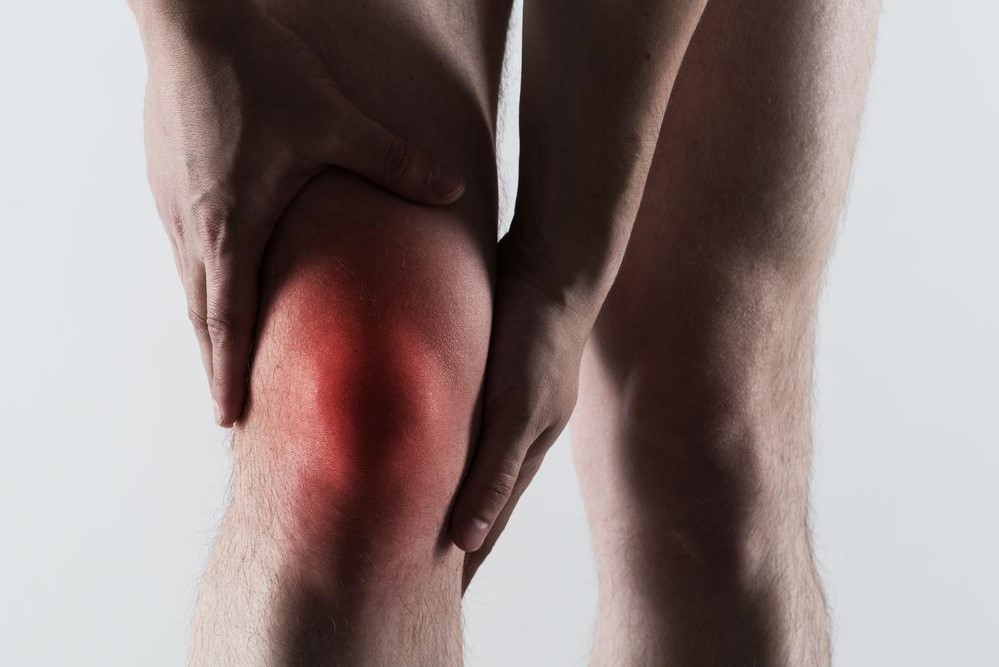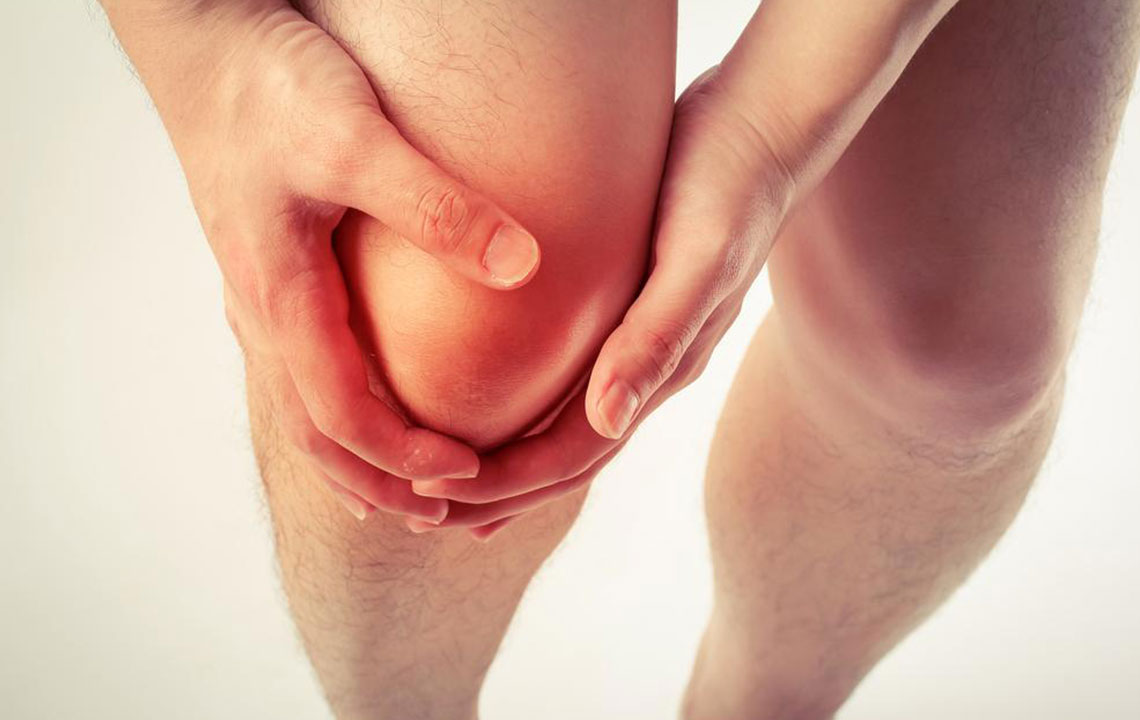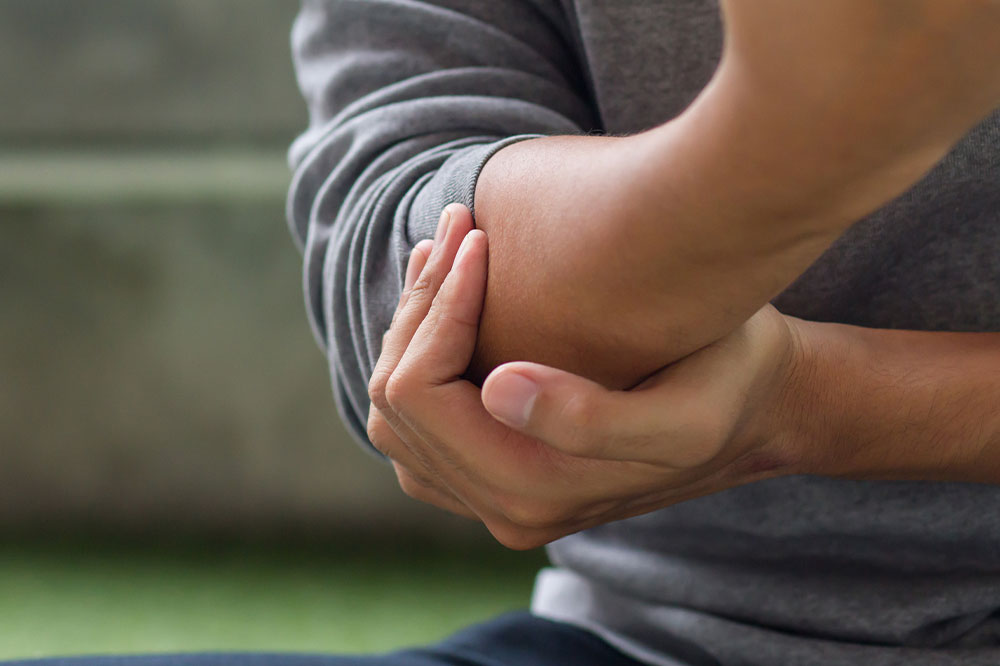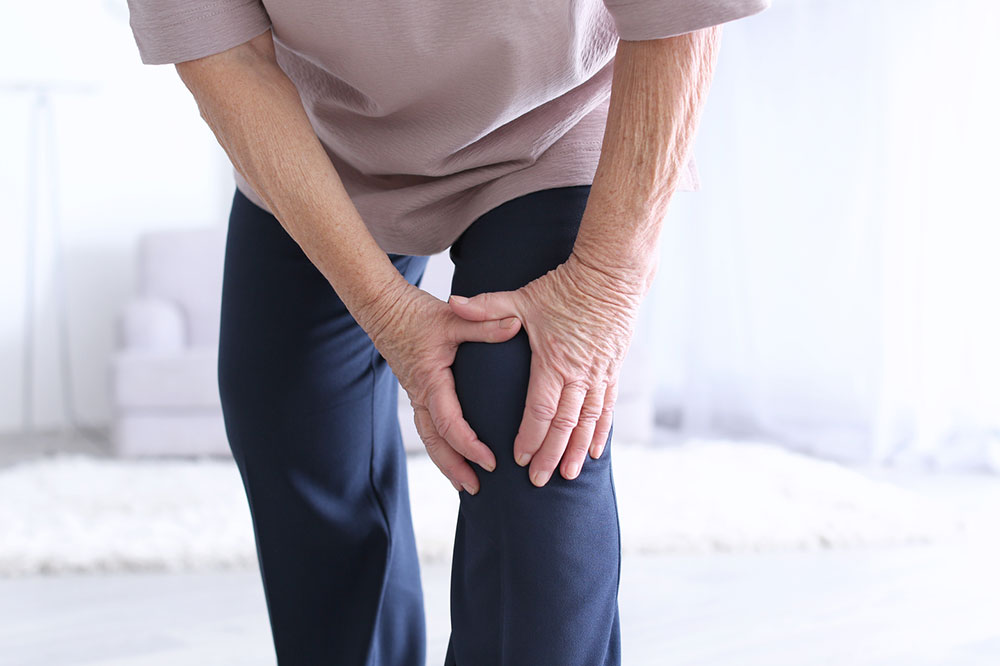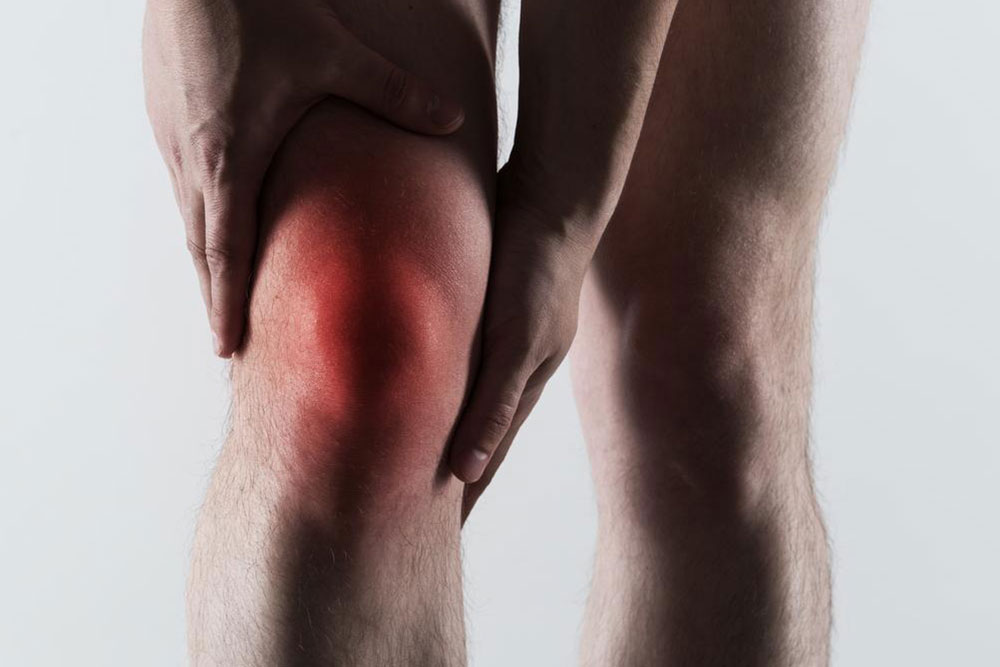Effective Natural Strategies to Control Gout Pain and Inflammation
Discover holistic and natural solutions to manage gout effectively. This comprehensive guide highlights over 11 remedies, including dietary tips and lifestyle changes, to alleviate joint pain, reduce inflammation, and prevent flare-ups without relying solely on medication. Incorporate these proven natural strategies to improve your joint health and regain comfort with confidence.
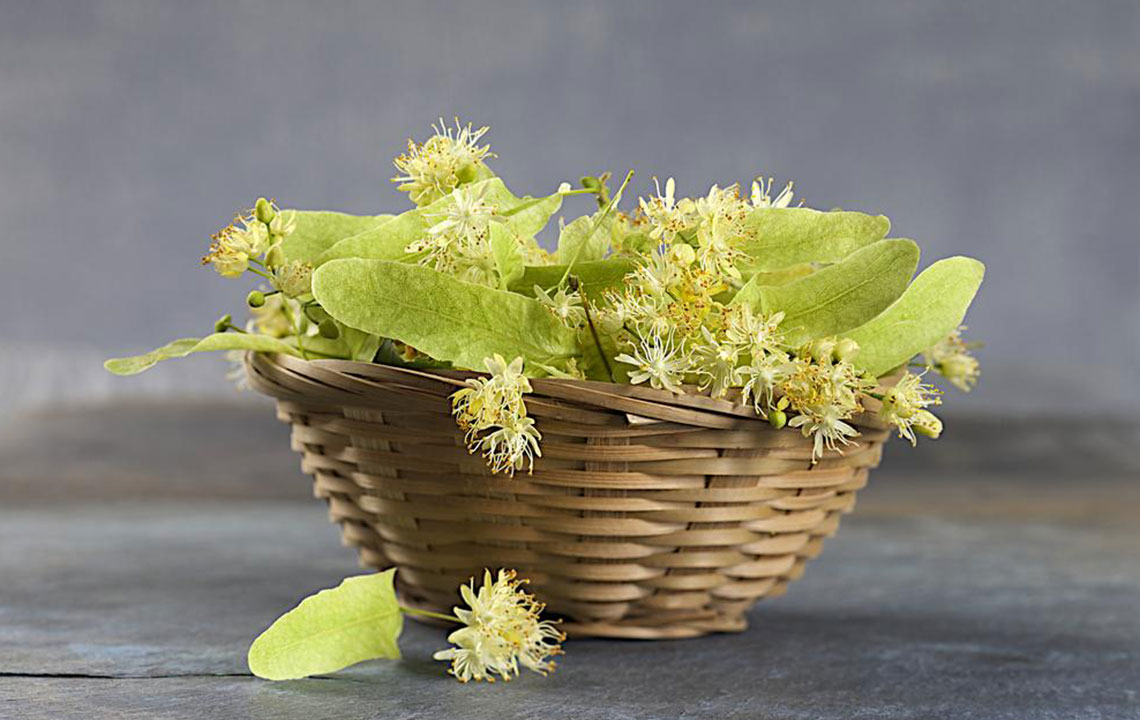
Effective Natural Strategies to Control Gout Pain and Inflammation
Gout is a common form of arthritis characterized by sudden and severe attacks of pain, redness, and swelling in the joints. It predominantly affects areas such as the ankles, knees, wrists, and fingers. Elevated levels of uric acid in the blood, a condition known as hyperuricemia, are typically responsible for gout. Various lifestyle factors—including stress, excessive alcohol intake, sedentary habits, and high dietary protein consumption—may contribute to increased uric acid levels. People with underlying health conditions such as diabetes, kidney stones, or hypertension often experience more intense symptoms. While conventional medications are often prescribed to manage gout, many individuals seek natural remedies that can effectively alleviate discomfort and reduce flare-ups without relying solely on pharmaceuticals.
Many natural treatments and lifestyle adjustments have shown promising results in managing gout symptoms. Incorporating these methods into daily routines may help reduce inflammation, decrease uric acid levels, and prevent future attacks. Here are some of the most effective natural strategies to combat gout:
Ginger Root: Recognized for its potent anti-inflammatory properties, ginger can be integrated into your diet or prepared as a soothing tea. To make ginger tea, boil half a teaspoon of fresh ginger root slices in a cup of water and drink it twice daily. Combining equal parts turmeric powder, dried ginger, and fenugreek with warm water and consuming it once a day can further aid in reducing joint inflammation. Applying a paste made from ginger water directly onto painful joints offers additional localized relief and can help decrease swelling.
Baking Soda: Mixing half a teaspoon of baking soda into a glass of water and drinking it 2-3 times per day can help neutralize uric acid and reduce gout symptoms. However, this remedy should be used with caution, especially by individuals with hypertension or cardiovascular issues, as excessive intake may lead to complications. Consulting a healthcare professional before use is advisable.
Apple Cider Vinegar: Consuming a teaspoon of raw apple cider vinegar diluted in a glass of water 2-3 times daily may assist in lowering inflammation and pain associated with gout. Adding a teaspoon of honey can enhance flavor and potential health benefits. Some individuals find that increasing the dosage to two tablespoons yields better results, but again, moderation and consultation with a healthcare provider are essential.
Cherries: Rich in antioxidants, especially anthocyanins, cherries help combat inflammation and prevent gout flare-ups. Incorporating cherries into your diet by drinking fresh cherry juice or eating 15-20 cherries daily—preferably in the morning—can significantly improve symptoms. Enhancing cherry consumption with crushed garlic cloves can boost its anti-inflammatory effects and provide additional joint support.
Apples: Apples contain malic acid, which aids in breaking down uric acid crystals and alleviating joint pain. Eating an apple after meals or drinking fresh apple juice can be an effective part of a gout management plan. Regular intake helps maintain lower uric acid levels and supports overall joint health.
Bananas: Due to their high potassium and vitamin C content, bananas help reduce uric acid levels by promoting proper kidney function and decreasing inflammation. Incorporating 2-3 bananas daily into yogurt or smoothies is recommended for consistent results. Maintaining this habit can lead to noticeable improvements in joint discomfort and swelling over time.
Lemon Juice: The high vitamin C content in lemon juice supports immune function and helps neutralize uric acid. Drinking a glass of warm lemon water daily or combining lemon juice with baking soda creates an alkaline environment that reduces gout symptoms. Consistent use can contribute to stronger tissues and decreased joint pain.
Cold Compress: Applying an ice pack wrapped in a towel directly onto the affected joint helps decrease swelling and numb pain. This simple yet effective method should be used for periods of 15-20 minutes to prevent tissue damage and provide immediate relief during gout attacks.
Epsom Salt: Epsom salt, rich in magnesium, can ease muscle tension and joint pain when added to a warm bath. Soaking in Epsom salt baths twice weekly can promote relaxation of inflamed joints and improve overall comfort. The magnesium absorbed through the skin helps reduce swelling and enhances circulation.
Activated Charcoal: Applying a paste crafted from activated charcoal onto inflamed joints can help absorb excess uric acid. Alternatively, capsule forms are available and should be used under medical supervision. Regular charcoal baths may also serve as an auxiliary treatment to alleviate symptoms.
Turmeric: Known for its powerful anti-inflammatory effects, turmeric can be incorporated into your diet through cooking or used topically as a paste on painful joints. Its active component, curcumin, helps reduce joint swelling and inflammation, making it a valuable natural remedy for gout sufferers.
Adopting these natural remedies and making healthy lifestyle choices over several weeks can lead to significant improvements in gout symptoms. Patience, consistency, and a proactive approach are essential for effective management. Alongside dietary adjustments and natural therapies, maintaining hydration, avoiding purine-rich foods (such as red meat, shellfish, and alcohol), and managing stress levels are critical components of a comprehensive gout management plan. Before initiating any new treatment, consulting with a healthcare provider is recommended to ensure safety and suitability.
